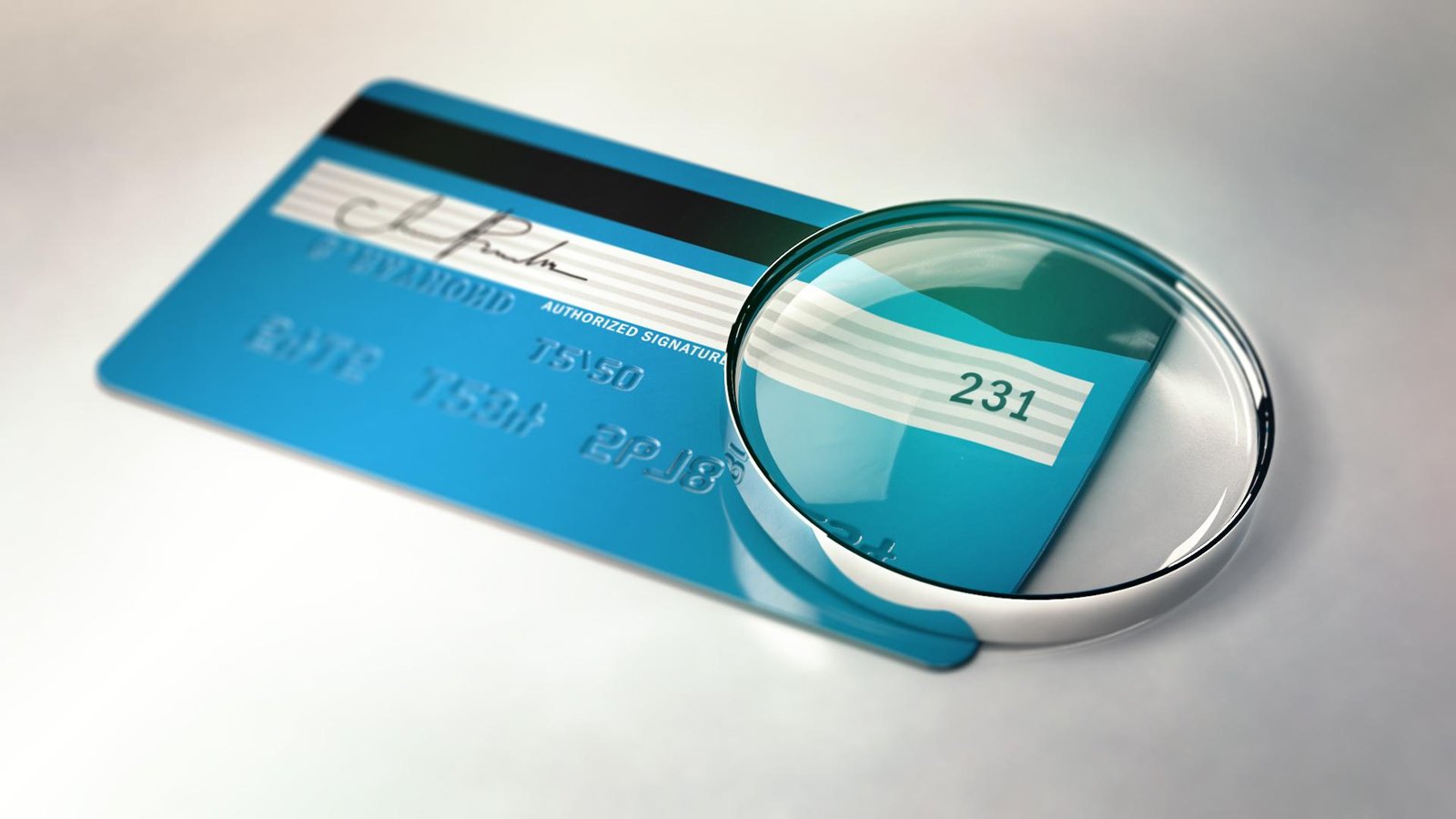How to Find Credit Card CVV Number?
To counter the increasing threats of cybercrime and other frauds in the financial market, credit card issuers introduce new security features from time to time. With more and more transactions shifting online, it becomes all the more essential to have these security features intact.
Primarily, as the number of credit cards issued by financial institutions until August 2018 reached approximately 4.1 Crore, security against cyber threats acquires significant importance. One such security feature widely used to protect credit card usage from frauds is the CVV number.
When initiating online transactions through your credit card, you must have come across the payment gateway requiring your card’s CVV for authentication. While your PIN creates a secure gateway, CVV adds another layer of security and protection to your card against frauds and helps prevent credit card hacking. You must, therefore, know this number assigned to your card. However, before that, let’s understand what this number is and how it helps secure your card.
CVV number in a credit card – Know what it is
Card Verification Value or CVV stands for both, the unique 3-digit number assigned to each debit or credit card as well as the magnetic strip present at the card’s back. As this strip contains specific data related to individual customers, every cardholder is assigned with this 0numeral called the CVV number.
It is unique because it is derived through decimal coding of your account information known only to your card issuer. When you swipe your card, the magnetic strip provides the necessary information and accompanying CVV confirms it, thus ensuring that the transaction is secure.
This number is also known as CVC (Card Verification Code) or CSC (Card Security Code). Card networks like MasterCard, Visa, etc. integrate this security layer in their credit cards.
How to find your Card Verification Value?
Accessing this number issued for your card is not difficult as it comes printed with the card itself. Cardholders using a credit card from the MasterCard or Visa network can find this 3-digit number at the card’s back located around the black magnetic strip.
So, even if your credit card number reaches an unauthorised person, it is impossible to guess the CVV number as it is encrypted. Only if the third-party knows the PIN for the card will they be able to make a transaction. But unauthorised credit card transactions, other than cash withdrawals, can be refunded back to the account upon reporting and substantial proof.
However, while CVV usage brings fool-proof protection against transaction frauds, not all merchants require this number to complete a transaction. So, the threats of cybercrimes like phishing are omniscient. As a user you should consider certain factors when selecting the payment gateway to ensure credibility of the transaction made.
In such cases, you may also look forward to credit cards that come with advanced security features. It is necessary to make sure that the card provides multiple protection layers so that it helps prevent credit card hacking. Also, you may look forward to features like cover against fraud liability on your credit card.
For instance, you may check out the Bajaj Finserv RBL Bank SuperCard that also comes with robust security features as well as zero-fraud liability cover.
They also bring pre-approved offers that make the process of securing additional funds hassle-free while saving valuable time. You can avail these offers on several financial products which include home loans, business loans, personal loans and many more. To check your pre-approved offer instantly, you will be required to provide a few essential details like your name and contact number.
Whether protected with CVV number or other encrypted security features, credit cards are essential financial tools that you should use wisely. Adopt ways to protect your credit card from being hacked and meet your total outstanding amounts with each statement to best utilise the card.


